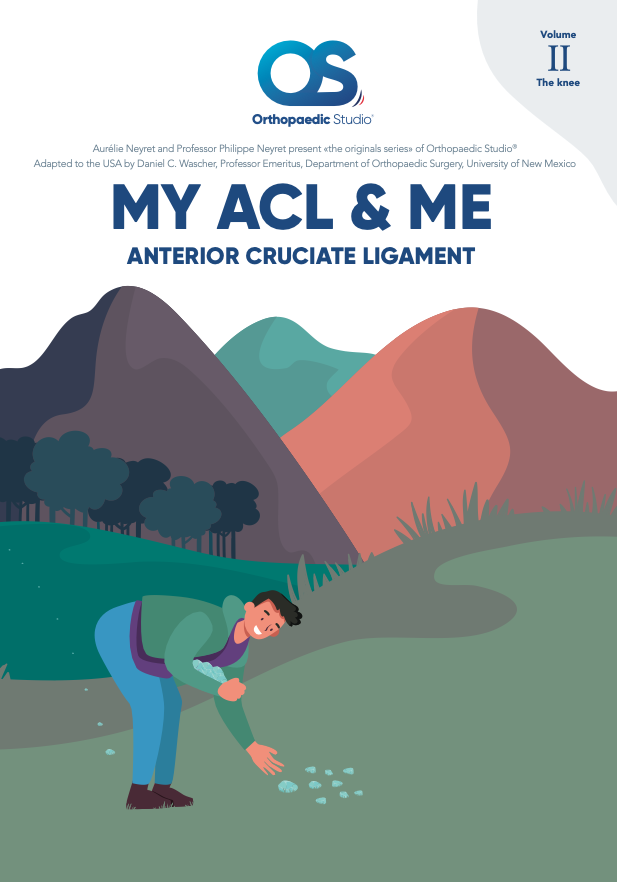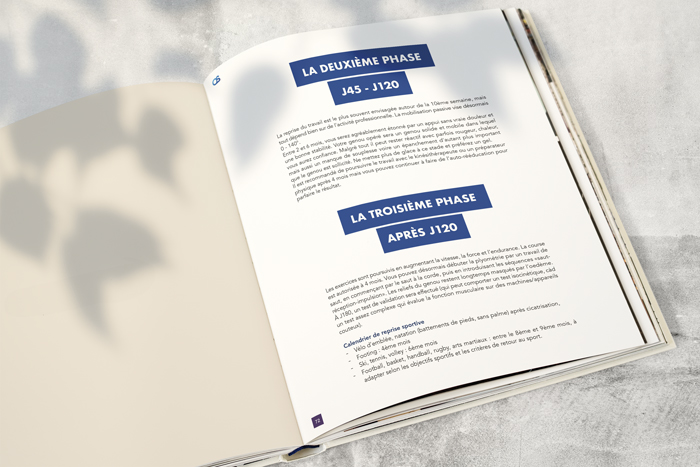
All you need to know about
ACL
As a patient, your number one priority is to completely understand the steps in your surgery.
You are the principal actor of your surgery
You will be the only one present from the beginning to the end of the care process, from A to Z and beyond. In other words, you need to be part of the project. To help you feel an integral part of the surgical team, it is important that you are well informed and know how to communicate with your caregivers.
Why undergo anterior cruciate ligament surgery?
Chronic knee instability is the main reason for surgery. This instability can manifest itself as a dislocation, a feeling of weakness in the knee or even a simple fear. This instability can be disabling in everyday life, but sometimes it only occurs during activities involving rotation, twisting or jumping. The pain usually goes away within a few days after these new instability accidents. It lasts longer if there are concomitant ligament, meniscus or cartilage injuries. Rarely, mechanical limitation of knee extension leads to surgery.
Apparently, everything seems to be fine. For some time after the initial accident, the knee seemed to be functioning in a normal way. You may even be able to get back to sport. The situation is quite delicate because there is a high risk of a new instability accident with a wrong movement. You are likely to further damage your knee.
In addition, prescribing surgery would be less favourable because of the associated lesions. The decision must be based on the advice of your surgeon during this period of confusion. It can be a difficult decision. But the rule is simple: surgery is all the more justified if you are young and want to return to activities that require the knee.
What are the mechanisms of ACL rupture?
What type of ACL transplant should I have?
What will happen to me if the ACL is not reconstructed?

Timetable for return to sport after anterior cruciate ligament reconstruction
- Cycling after two weeks, swimming (kicking, without fins) after healing.
- Running: 4th month.
- Skiing, tennis, volleyball: 6th month.
- Football, basketball, handball, rugby, martial arts: between the 8th and 9th month, to be adapted according to the sporting objectives and the criteria for returning to sport.
These goals are achieved in 90% of cases, especially if you are very good at sports.
In the same series
Prosthesis
Everything you need to know about knee prosthesis, which is used to replace a knee joint that is too worn.
Meniscus
Everything you need to know about the meniscus, the cartilage that causes a lot of knee pain.
Kneecap
Everything you need to know about the kneecap, one of the three bones that make up the knee and allow it to extend.
Osteotomy
Everything you need to know about this operation to repair bone and joint deformities.
